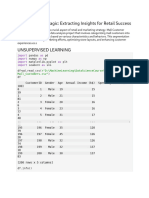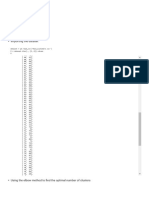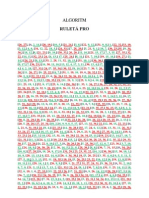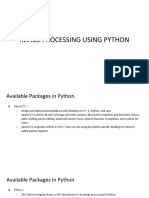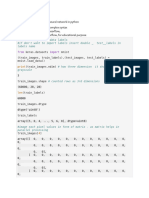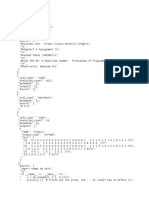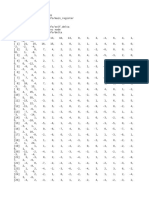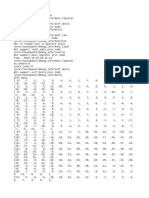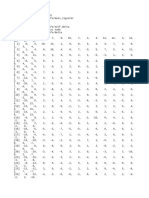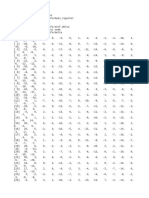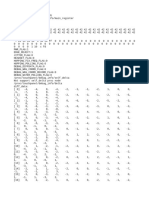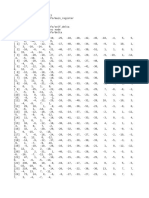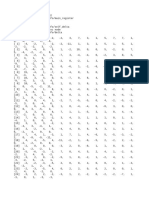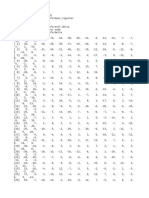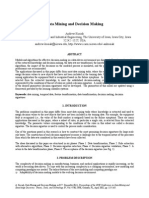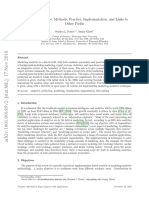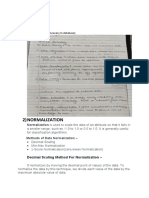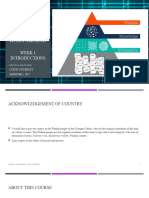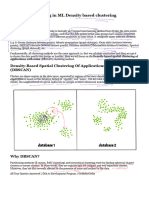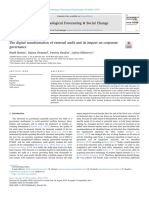0% found this document useful (0 votes)
33 views17 pagesExperiment 8 Heirarchical Clustering
The document discusses analyzing customer data using hierarchical clustering in Python. Various clustering techniques are applied including single, complete, average and ward linkage methods. Cophenetic correlation is calculated to evaluate the cluster formations.
Uploaded by
Yuvraj Singh RathoreCopyright
© © All Rights Reserved
We take content rights seriously. If you suspect this is your content, claim it here.
Available Formats
Download as PDF, TXT or read online on Scribd
0% found this document useful (0 votes)
33 views17 pagesExperiment 8 Heirarchical Clustering
The document discusses analyzing customer data using hierarchical clustering in Python. Various clustering techniques are applied including single, complete, average and ward linkage methods. Cophenetic correlation is calculated to evaluate the cluster formations.
Uploaded by
Yuvraj Singh RathoreCopyright
© © All Rights Reserved
We take content rights seriously. If you suspect this is your content, claim it here.
Available Formats
Download as PDF, TXT or read online on Scribd
/ 17

